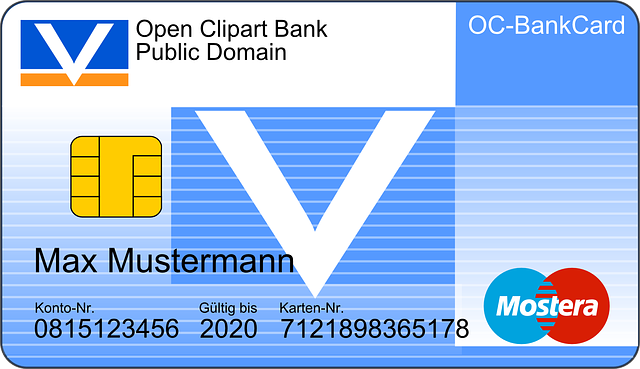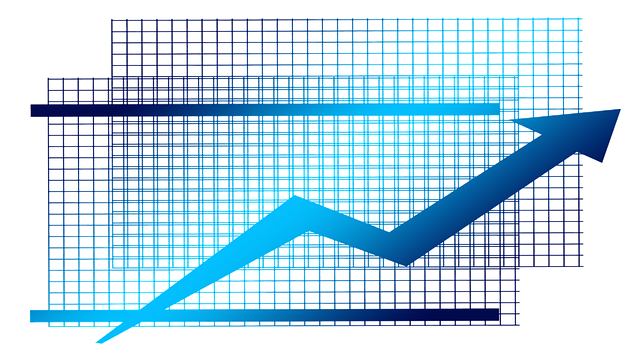Entrepreneurs need to differentiate between working capital and business loans for effective financial planning. While working capital funds short-term operational needs, business loans support long-term expansion goals. A comprehensive comparison of interest rates, repayment periods, and costs is crucial before selecting a loan type. This process, including a Loan Cost Analysis, ensures businesses make informed decisions, align financing with strategic goals, and maintain financial health. Keywords: working capital vs business loans, comparing loan types, uses of working capital loans, Business Loan applications, loan terms comparison, loan cost analysis.
In today’s dynamic business landscape, understanding financial instruments like working capital versus business loans is crucial for strategic growth. This article guides entrepreneurs through a comprehensive assessment of loan terms, encompassing key distinctions between working capital and traditional business loans. We explore various loan types, highlighting their unique applications to maximize flexibility and drive growth. Additionally, we provide a step-by-step guide to navigating complex business loan applications, offering insights into decoding interest rates, tenors, and repayment conditions. Conducting a thorough loan cost analysis is also emphasized for ensuring long-term financial health.
- Understanding Working Capital vs. Business Loans: Unraveling the Basics
- Comparing Loan Types: What Works Best for Your Business?
- Uses of Working Capital Loans: Maximizing Flexibility and Growth
- Navigating Business Loan Applications: Step-by-Step Guide
- Loan Terms Comparison: Decoding Interest Rates, Tenors, and Repayment Conditions
- Conducting a Comprehensive Loan Cost Analysis: Ensuring Financial Health
Understanding Working Capital vs. Business Loans: Unraveling the Basics

Many businesses, especially startups, often find themselves in a dilemma when it comes to choosing between working capital and business loans. While both serve as financial lifelines, they cater to different needs and have distinct characteristics that impact how a business operates. Understanding this distinction is pivotal for entrepreneurs to make informed decisions regarding their short-term and long-term financial strategies.
Working capital refers to the cash available to a business to meet its immediate operational expenses and ongoing liabilities. It’s essentially the difference between a company’s revenue and its expenses, representing its ability to cover day-to-day operations. On the other hand, business loans are external funding provided by banks or financial institutions with specific terms and conditions. These loans can be used for various purposes, including expansion, purchasing equipment, or covering temporary cash flow gaps. When comparing loan types, entrepreneurs should analyze factors like interest rates, repayment periods, and collateral requirements. A thorough loan terms comparison and cost analysis are crucial steps in ensuring the chosen financing option aligns with the business’s goals and financial health.
Comparing Loan Types: What Works Best for Your Business?

When considering funding for your business, understanding the nuances between different loan types is crucial. A common dilemma for many entrepreneurs is choosing between working capital loans and traditional business loans. Working capital loans are designed to provide immediate financial support, catering to short-term needs such as operational expenses, inventory purchases, or covering unexpected cash flow gaps. These loans offer flexibility and accessibility, allowing businesses to access funds quickly without strict collateral requirements. On the other hand, business loans are typically long-term financing options that can help with larger capital expenditures, expansion plans, or purchasing equipment.
Comparing loan types involves a detailed analysis of their uses, terms, and associated costs. The right choice depends on your business’s specific requirements and financial goals. For instance, working capital loans might be ideal for businesses needing rapid access to cash, while business loans could be more suitable for strategic growth initiatives. A thorough loan terms comparison should include an evaluation of interest rates, repayment periods, and any additional fees or penalties. Conducting a loan cost analysis is essential to determine the most economical option, ensuring your business receives the best terms that align with its financial health and future prospects.
Uses of Working Capital Loans: Maximizing Flexibility and Growth

Working capital loans offer businesses unparalleled flexibility in managing their cash flow and fostering growth. Unlike long-term loans that are tied to specific projects or assets, working capital financing is designed to cover short-term needs such as inventory purchases, operational expenses, or unexpected cash shortages. This type of loan provides a safety net for companies, allowing them to adapt swiftly to market fluctuations without sacrificing essential business operations.
When considering different loan types, comparing loan terms becomes crucial. Prospective borrowers must analyze various factors, including interest rates, repayment periods, and any associated fees. Working capital loans often come with more lenient terms compared to traditional business loans, making them ideal for startups or companies with variable cash flows. A thorough loan cost analysis, involving an assessment of both fixed and variable costs, helps entrepreneurs make informed decisions. By understanding the true cost of a working capital loan versus other business financing options, businesses can strategically allocate resources, ensuring their financial health and sustained growth.
Navigating Business Loan Applications: Step-by-Step Guide

Navigating Business Loan Applications: A Step-by-Step Guide
Before applying for a business loan, it’s crucial to understand your financing options and what each loan type offers. One common distinction is between working capital loans and traditional business loans. Working capital loans are designed to provide short-term funding for operational needs like inventory or payroll, while business loans often have longer terms and are used for specific projects or expansions. When comparing loan types, consider the purpose of the funding and your company’s financial goals.
Begin by gathering essential documents such as tax returns, financial statements, and business plans. This step is vital for accurately evaluating your business’s health and determining eligible loan amounts. Next, research different lenders and their offerings, focusing on loan terms comparison, interest rates, and repayment conditions. A thorough loan cost analysis will help you identify the most cost-effective option based on your budget and cash flow projections.
Loan Terms Comparison: Decoding Interest Rates, Tenors, and Repayment Conditions

When considering a business loan, one of the most crucial steps is to thoroughly compare different loan types based on their terms. This involves delving into key components such as interest rates, loan tenors (durations), and repayment conditions. Each of these factors significantly impacts the overall cost of the loan, which is why a meticulous analysis is essential for business owners.
For instance, working capital vs business loans varies not just in purpose but also in structure. Working capital loans, often shorter-term and requiring no collateral, may offer lower interest rates but could have more frequent repayments. In contrast, longer-term business loans might come with higher interest rates but provide a more sustainable repayment schedule. Comparing these aspects across various loan applications enables entrepreneurs to make informed decisions, ensuring the chosen loan aligns with their financial needs and strategic goals.
Conducting a Comprehensive Loan Cost Analysis: Ensuring Financial Health

When assessing a business loan, conducting a thorough Loan Cost Analysis (LCA) is essential to ensure financial health and make informed decisions. This involves comparing different loan types available in the market, keeping in mind the unique needs of your business. For instance, understanding the distinction between working capital loans and traditional business loans can significantly impact cash flow management. Working capital loans are designed for short-term needs, providing flexibility for operations, while business loans may have longer terms, better suited for larger projects or investments.
A comprehensive LCA includes scrutinizing various loan terms, such as interest rates, repayment periods, and any associated fees. Analyzing the cost of borrowing in relation to the intended use of funds (e.g., expansion, equipment purchase, or working capital) helps business owners make strategic choices. By delving into these details, entrepreneurs can select a loan type that aligns with their financial goals, minimizes long-term costs, and supports the sustainable growth of their ventures.






